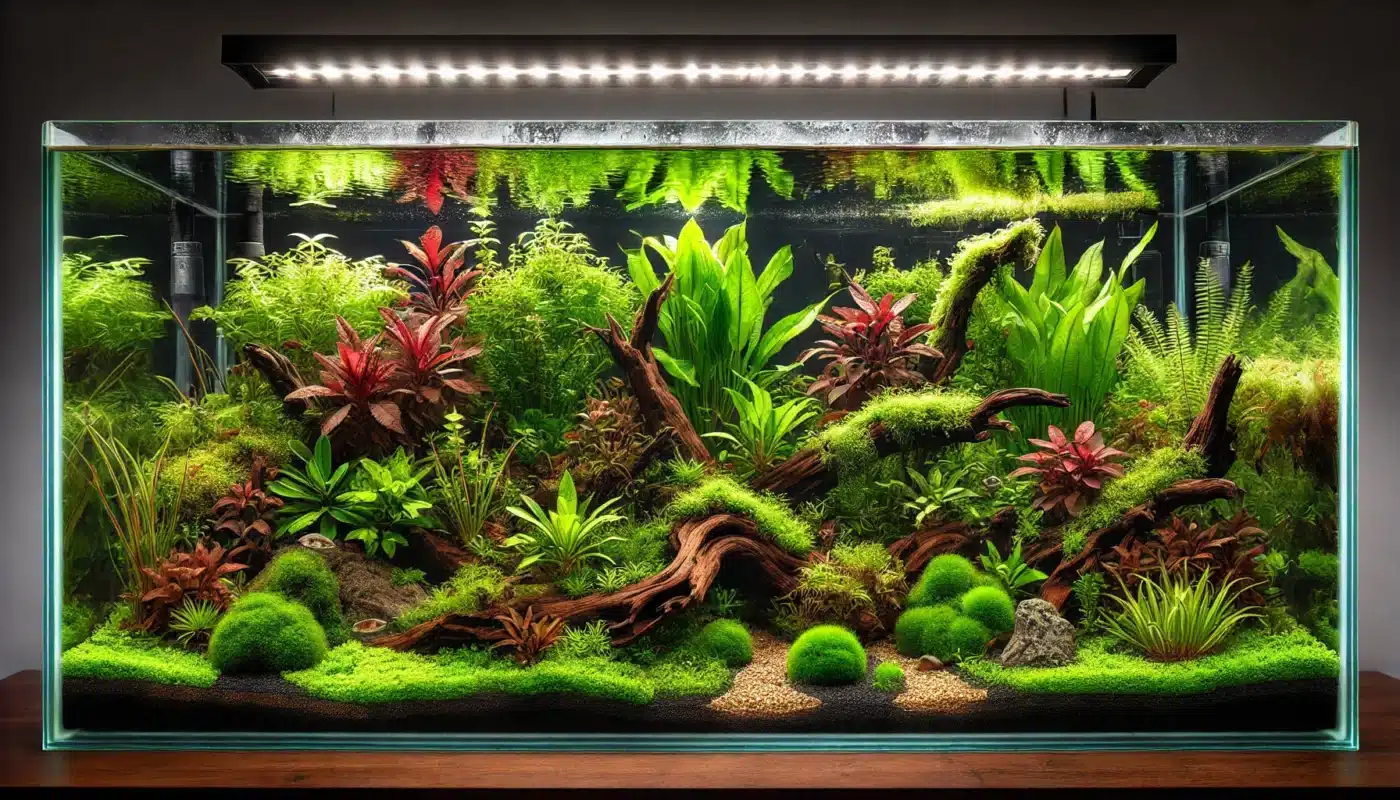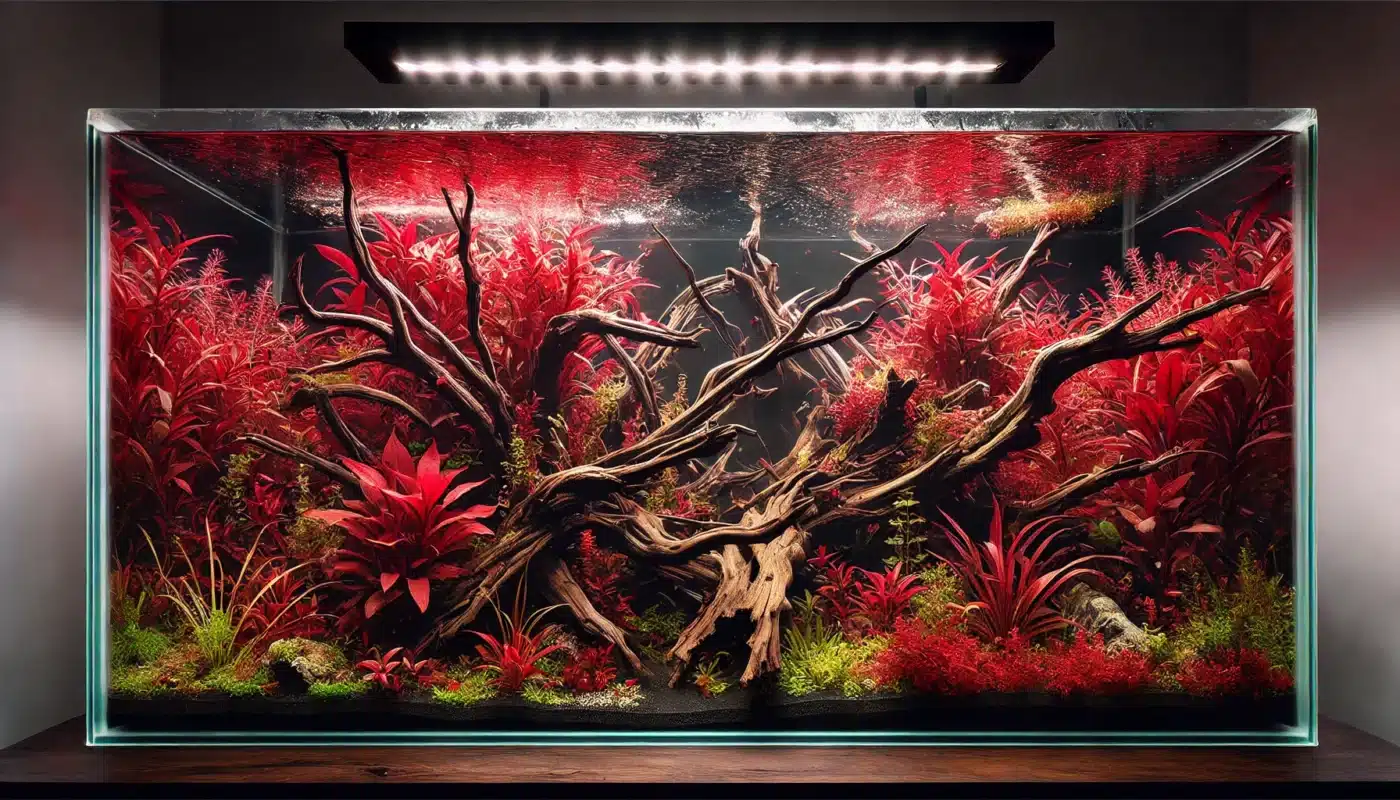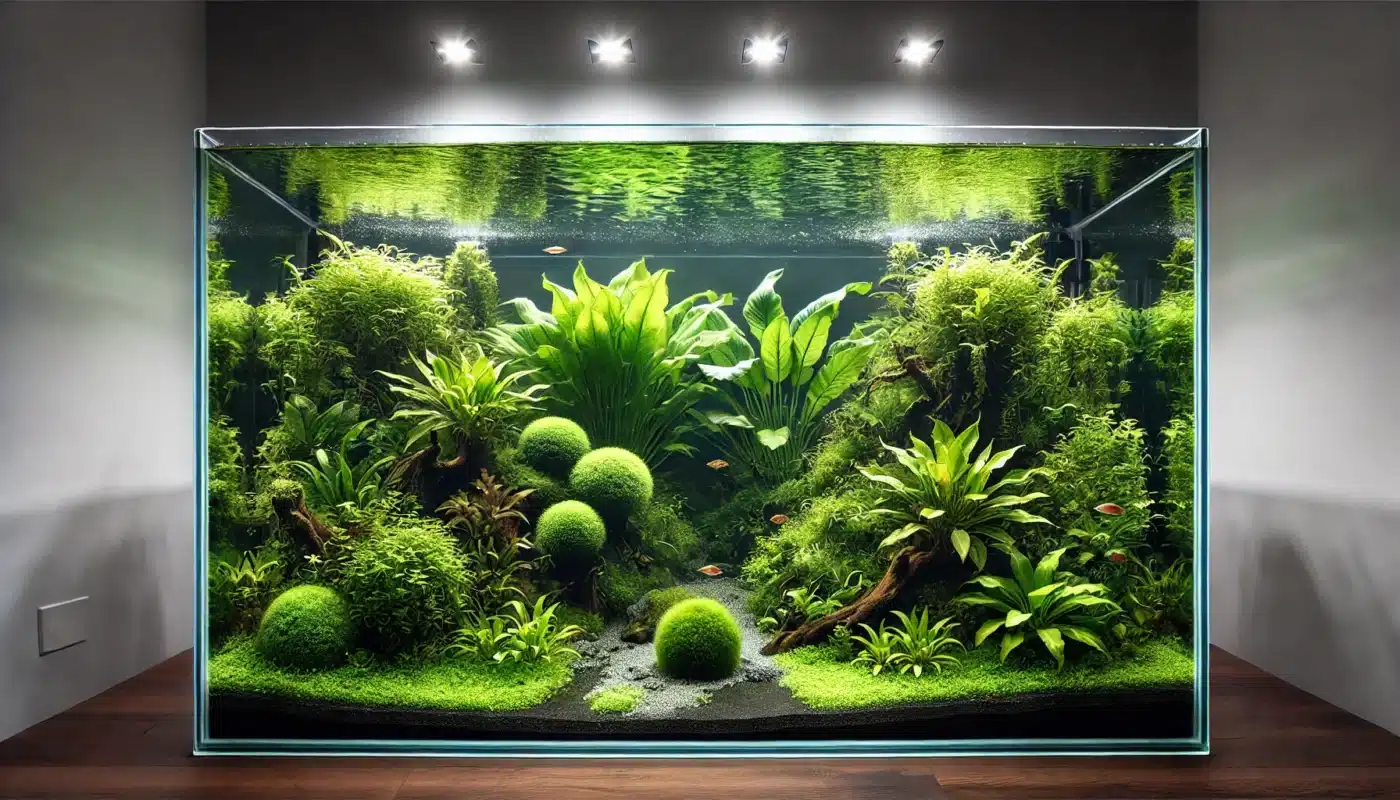Blog
How to Create a Beautiful Aquascape: Tips and Tricks for Beginners
Aquascaping is the art of designing and arranging plants, rocks, driftwood, and other natural elements inside an aquarium to create a stunning underwater landscape. Whether you’re a beginner or an experienced aquarist, creating a beautiful aquascape is a fulfilling and creative process that can transform your aquarium into a mesmerizing aquatic world. In this guide, we’ll provide you with practical tips and tricks to help you get started with your first aquascape and ensure it thrives.
1. Understand the Basics of Aquascaping
Before diving into aquascaping, it’s essential to understand the fundamental principles. Aquascaping is about creating a harmonious balance between plants, fish, and hardscape (rocks, driftwood, substrate). There are different styles of aquascaping, but the most common ones include:
- Nature Aquarium Style: Inspired by nature, this style focuses on creating landscapes resembling forests, mountains, or rivers.
- Dutch Style: Known for its intricate plant arrangements, this style emphasizes a dense and colorful plant display.
- Iwagumi Style: A minimalist approach using stones to create a balanced, simple landscape with a strong focal point.
2. Choosing the Right Tank
The first step in creating a beautiful aquascape is selecting the right aquarium. The size of your tank will determine the kind of aquascape you can create. Larger tanks give you more room for creativity and allow you to work with larger pieces of hardscape, while smaller tanks require careful planning to make the most of the limited space.
Tips:
- For beginners, a 20-30 gallon tank is a great starting point. It offers enough space for planting and hardscape, without being too challenging to maintain.
- Ensure the tank has a suitable filtration system to support plant growth and fish health.
3. Select the Right Hardscape Materials
Hardscape elements such as rocks, driftwood, and substrate are the foundation of your aquascape. These materials provide structure, contrast, and visual interest to your design. Choosing the right materials is essential for creating a balanced and aesthetically pleasing aquascape.
Tips:
- Rocks: Look for rocks with interesting textures and shapes. Popular choices for aquascaping include lava rock, seiryu stone, and dragon stone.
- Driftwood: Driftwood adds a natural, organic element to your aquascape. Make sure to choose pieces that are aquarium-safe, like manzanita or spider wood.
- Substrate: A nutrient-rich substrate is ideal for plants, but for low-maintenance aquascapes, an inert substrate like gravel or sand can be a good choice. If you plan on growing plants, consider a plant-specific substrate.
4. Plan Your Aquascape Layout
Planning your aquascape layout is crucial for achieving a visually pleasing design. A well-thought-out layout ensures that the hardscape, plants, and fish complement each other and create a cohesive look.
Tips:
- Use the Rule of Thirds: Divide the tank into three parts (foreground, middle ground, and background) and arrange the hardscape and plants to create a balanced design. Place your focal point in one of the “thirds” of the tank.
- Create Depth: To make the aquascape look more natural, arrange plants and rocks in a way that adds depth. Place taller plants and larger rocks in the background, and smaller plants in the foreground.
- Consider Flow: The layout should allow for water flow. Ensure that the hardscape doesn’t block the filter’s flow and that plants are placed where they’ll receive adequate light.
5. Choosing the Right Plants
Plants are the heart of any aquascape. They add color, texture, and life to the tank, while also helping to maintain water quality by absorbing nutrients. Selecting the right plants for your aquascape is key to creating a beautiful, sustainable environment.
Tips:
- Low-Maintenance Plants: If you’re new to aquascaping, start with easy-to-grow plants like anubias, java fern, and cryptocoryne. These plants thrive in a variety of conditions and require minimal care.
- Mid- and Background Plants: Choose plants like valisneria, amazon sword, or bacopa for the middle and background. These plants will add height and volume to your aquascape.
- Foreground Plants: Use small plants like dwarf hairgrass, glossostigma, or marsilea in the foreground to create a lush, carpeted effect.
- Floating Plants: Consider adding duckweed or water lettuce to float at the surface for added beauty and natural filtration.
6. Aquascaping Techniques and Tools
To bring your aquascape vision to life, you’ll need a few tools and techniques to arrange your plants, rocks, and driftwood.
Tips:
- Tweezers and Scissors: Use tweezers to carefully plant your aquarium plants, and scissors to trim them as needed. These tools help you get into the tight spaces of your tank and shape plants neatly.
- Aqua Scaping Glue: If you’re placing plants or moss on driftwood or rocks, consider using aquarium-safe glue to secure them.
- Tugging Technique: Use a tugging technique to insert plants into the substrate. Gently tug the roots into place and cover them with substrate for stability.
7. Adding Fish to Your Aquascape
Once your hardscape and plants are in place, you can start adding fish to complete your aquascape. When selecting fish, choose species that will thrive in a planted tank and that won’t disrupt the aquascape.
Tips:
- Choose peaceful fish like tetras, guppies, or neon rasboras to maintain a calm atmosphere.
- Consider shrimp like amano shrimp or red cherry shrimp, which help with algae control and add interest to your aquascape.
8. Lighting and CO2 for Healthy Plant Growth
Proper lighting and CO2 supplementation are crucial for the health of your plants. While low-tech aquascapes can survive with standard lighting, more demanding plants benefit from high-quality lighting and CO2 injection.
Tips:
- Use LED lighting that provides a full spectrum to support plant growth. Aim for about 8-10 hours of light per day.
- Consider adding a CO2 system if you want to grow fast-growing plants that require additional carbon dioxide for photosynthesis.
9. Maintain Your Aquascape
Once your aquascape is set up, regular maintenance is essential to keep it thriving.
Maintenance Tips:
- Prune plants regularly to prevent overgrowth and maintain the layout.
- Clean the substrate using a gravel vacuum to remove debris.
- Trim algae and clean the glass as needed.
- Change the water every 2 weeks to keep the tank fresh.
Conclusion
Creating a beautiful aquascape is a rewarding process that allows you to express your creativity while providing a beautiful, natural habitat for your fish and plants. With the right planning, plant selection, and hardscape materials, you can design a stunning underwater landscape that enhances the beauty of your home. Remember to be patient, as an aquascape evolves over time, and enjoy the peaceful, calming effects of your living masterpiece.






I am so glad I found your site just by a Google search.
I am impressed by your knowledge and care for fish, I will be buying from you when my tank is set up and ready for adding fish, I can’t wait.
I kept fish many years ago both tropical and coi carp pond , circumstances made me stop and I have missed them for so long, now at 75 years old I am able and ready to start again.
Thank you for renewing my love and enthusiasm again.
Regards. T